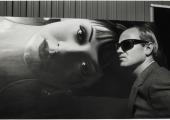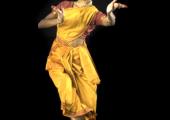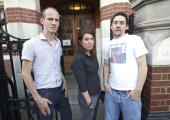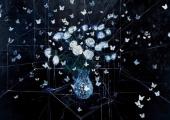Opinion: Frieze Art Fair spells bad news for art

Sarah Kent argues that the success of Frieze now means commerce not creativity rules
With the Frieze Art Fair now upon us, the only sane response for anyone interested in art is to leave London until the wretched event is over. Art fairs are for art what pimps are for virgins, to misquote Barnett Newman. The work, in other words, doesn’t stand a chance. And just as supermarkets don’t give shelf space to products for you to admire the packaging, art fairs don’t display work for you to look at and enjoy. In each case, the point is to purchase.








